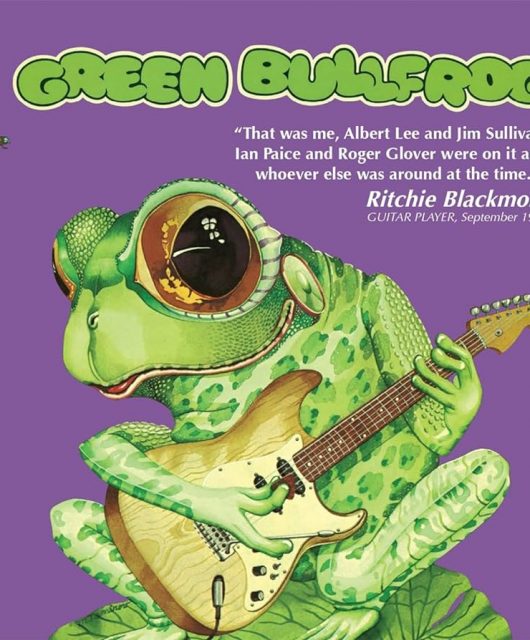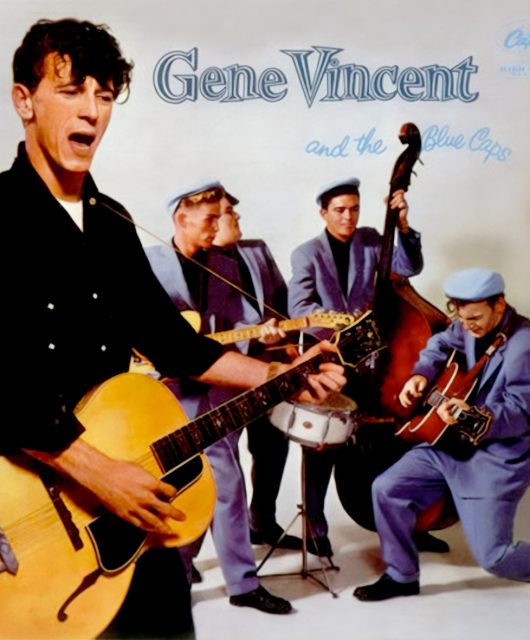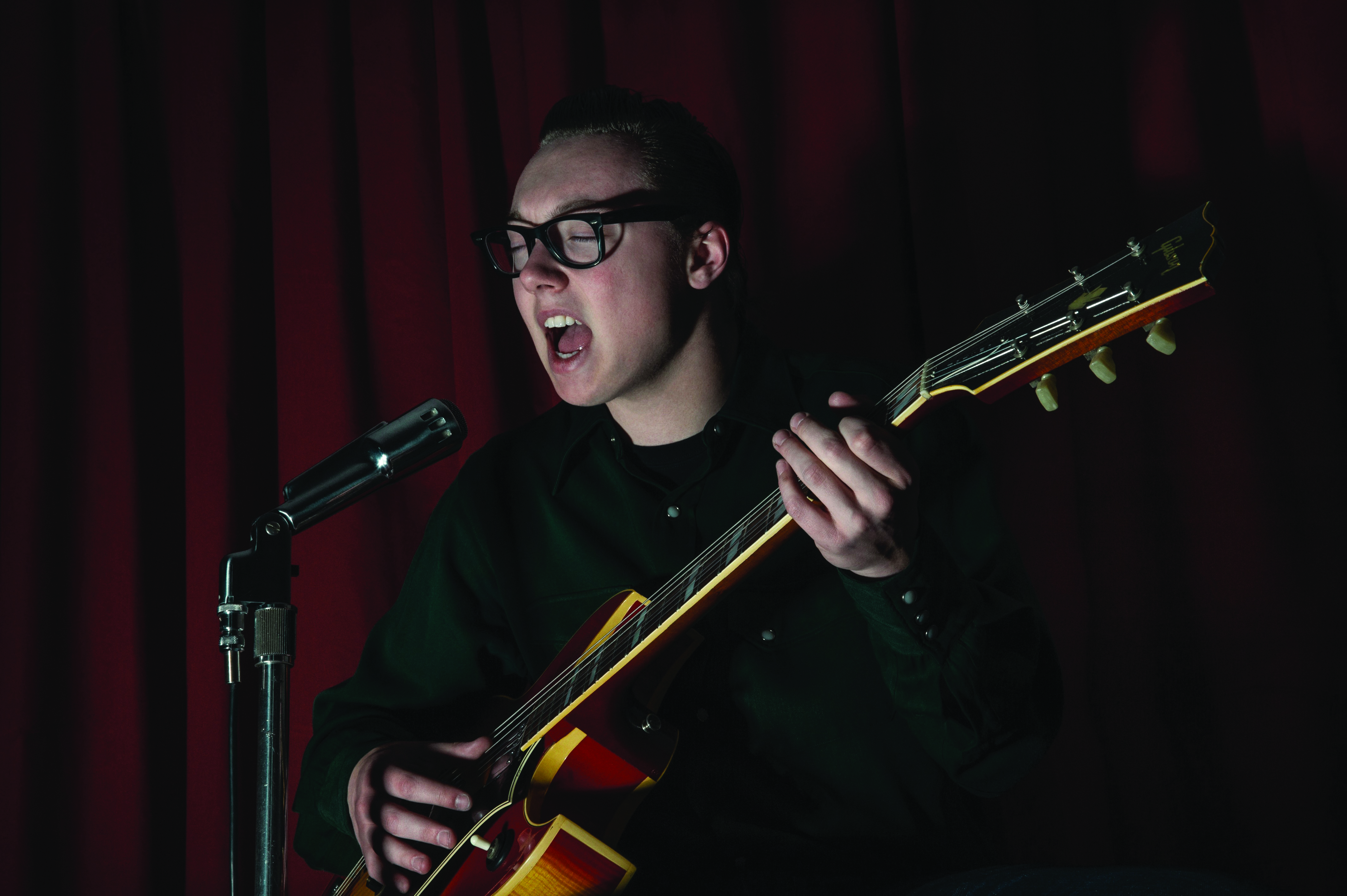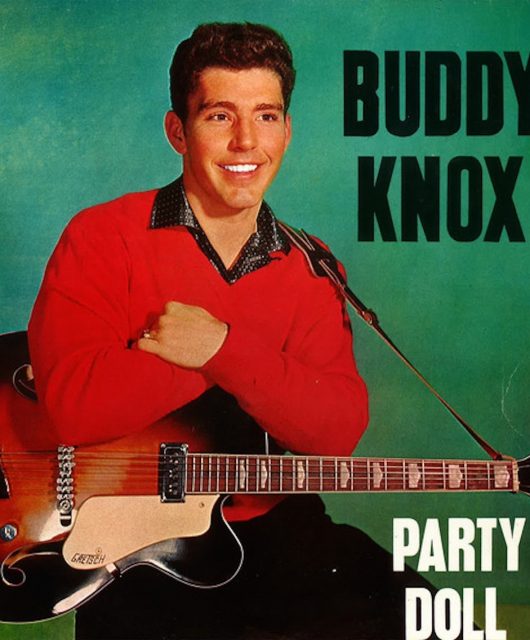Pioneering rocker, Ray Campi, swept to fame in the 1970s revival with his energetic playing and dedication to preserving early rock’n’roll. Before his passing in March 2021, John Howard visited the Rockabilly Hall of Famer at his home in Glendale, California…
How did you get started in music?
When my family moved from Yonkers, New York, to Austin, Texas, my father wanted to feel more Texan, so he bought a record by Bob Wills and the Texas Playboys when I was nine. My favourite things were cowboy movies and big band music, so I took to Western Swing right away. But it was a daytime set by country singer Gene Snowden in 1947 that inspired me to become a musician. Gene had a song Quit Your Triflin’ which I cut for Rollin’ Rock in the 1970s, and still features in my stage show!
Have you always been a full-time musician?
I’ve never been a full-time musician. I’ve done dozens of different jobs, but my main job has been as a high school teacher full-time for 28 years, which I still do. These days, it’s not full-time, I get a phone call and do a substitute day here and there. Sometimes I tell my students I’m a musician and they can see me on YouTube if they want. They look at me differently after that.
How did you get into rockabilly?
I’d heard the term rockabilly but regarded myself as rock’n’roll. It was Ronnie Weiser from Rollin’ Rock Records, who came knocking on my door in 1971, who said I was rockabilly. We went on to record 10 albums together. I like rock’n’roll, folk, country, big band and all types of music.
Ronnie rediscovered me, and got me recording again. Although I played guitar, lap steel guitar and mandolin, it was Ronnie who got me to play slap bass, since he felt it was important for the authentic 1950s sound. He was of Italian/German extraction and he moved to America, mainly, I think, because of his love of American music. It was in Europe that I found that young people knew my music, so I started visiting Europe in the 1970s, and now travel to Europe so often that I keep a spare double bass, white with a rebel flag on the back, in the UK.
I’ve recorded with British, German, Finnish and Dutch rockabilly bands over the past 30 years, and collaborated with various artists on projects, including Rosie Flores and Bobby “Fats” Mizell.
Tell us about The Ballad of Donna and Peggy Sue.
I’d had a regional hit with my first record in 1956, Caterpillar, backed with Play It Cool, on the TNT label, which led to a contract with the nationally-distributed Dot label who had Pat Boone, and I did It Ain’t Me for them in 1957. Then I had two cuts on the Domino label and although I got good reviews for the wild rocker My Screamin’ Screamin’ Mimi, I didn’t get the sales I’d hoped for.
In February 1959 that plane crash robbed us of Buddy Holly, Richie Valens and the Big Bopper. I believe I cut the first tribute record to Buddy and Richie, The Ballad of Donna and Peggy Sue. The other side was called The Man I Met, a tribute to the Big Bopper, and I was backed by Big Bopper’s band. I recently put together a reproduction 45 of that record and put it out, with an absolutely accurate label design, but it is a higher fidelity recording, in stereo. I think the songs still stand up.
Did you meet up with any other big rock’n’roll names back in the ’50s?
I had the pleasure of meeting Elvis Presley on the day before he shipped out for Germany in 1958. He had been training in Killeen, Texas, near Fort Hood where I also trained in eight and a half years with the Texas National Guard. I had a piano player in my band who had also played jam sessions with Elvis, so I had a connection. He was very pleasant, and interested in my musical career.
I worked with Gene Vincent, and later was involved in a tribute album to him. When I was just a lad I was invited by Merle Travis to sing the Bob Wills’ standard San Antonio Rose with him on stage. In the 1950s I also worked with Buddy Holly, Sonny James, Bob Luman and Bill Haley. In the ’70s and forward from there I’ve had the pleasure of working with most of the big names still active in the business.
Charlie Feathers had That Certain Female featured in Kill Bill 1. Any chance Quentin Tarantino might pick up on one of your classics?
As you may know, Quentin used to work in a video rental store, and has an encyclopaedic knowledge of obscure films, B pictures, foreign language films and even soft core pornos. He first heard That Certain Female on the soundtrack of Teenage Cruisers, which was described as The ‘First X-Rated Rock’n’Roll Movie’. I had a track, Eager Boy, in that same film, so I can only hope he might pick up on it.
Check out Ray Campi’s fine rockabilly here
Read More: The Vintage Rock Top 101 Rockabilly Tracks






